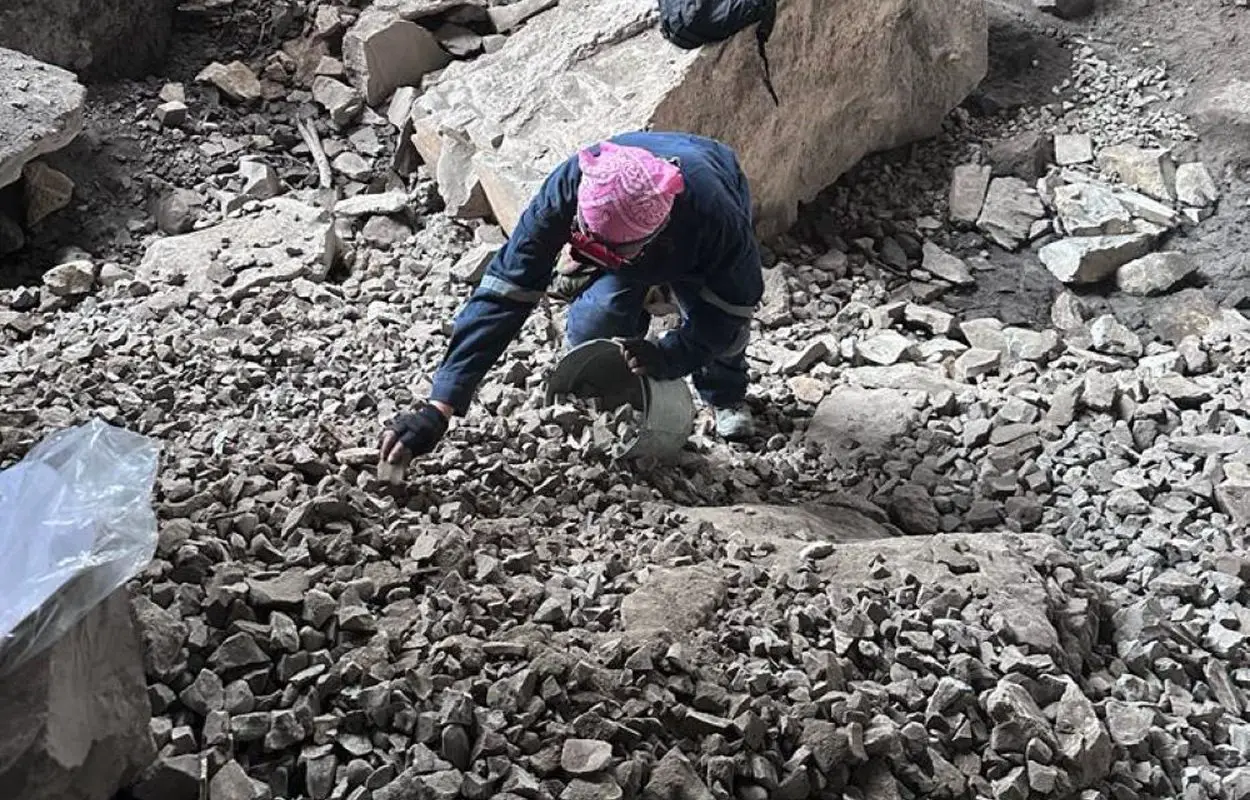Archaeologists from the National Institute of Anthropology and History (INAH) have uncovered skeletal remains in La Morita II cave, located in the Mexican state of Nuevo León.
An osteological study has identified that the remains correspond to that of a baby and two adolescents, which were found among fragments of basketry, textiles and fibres, that were likely part of funerary bundles.
Initial dating suggests that the remains date to between 2,500 to 3,000-years-ago and appear to have been dismembered and deposited intentionally in the south chamber of the cave.
Valadez Moreno from INAH, said: “According to the chronicles, when the mother died during childbirth or minutes later, the infant was sacrificed and accompanied the burial of the deceased; In other cases, for example, in a twin birth, the event was conceived as a bad omen, so the newborn with the best conditions was chosen and the second was separated to be buried alive.”
A similar sacrificial practice was also applied to infants who showed signs of congenital disorders or malformations that develop prenatally.
Excavations have removed approximately 50 square metres of sediment build up in the main chamber of the cave, and 24 square metres in the south chamber, in which around 1,500 artefacts for ritual and domestic use was uncovered.
These include spearheads, an atlatl (a spear-throwing lever), punches and polished edges which date from between 4,500 to 2,500-years-ago, in addition to perishable materials such as fragments of cordage and basketry from 3,000-years-ago.
The latest discoveries join the almost 30,000 cultural remains recovered in La Morita II since the “Prehistory and Historical Archaeology of Northeast Mexico” project commenced excavations at the site in 2003.
Header Image Credit : Moisés Valadez
Please take a second to click on the advert below. That one click helps to fund our journalism and enables us to continue providing articles on our platform completely FREE.





